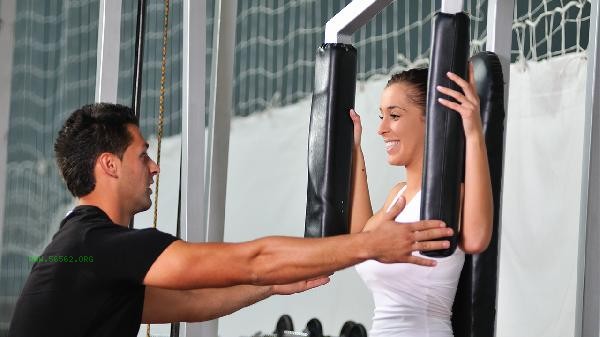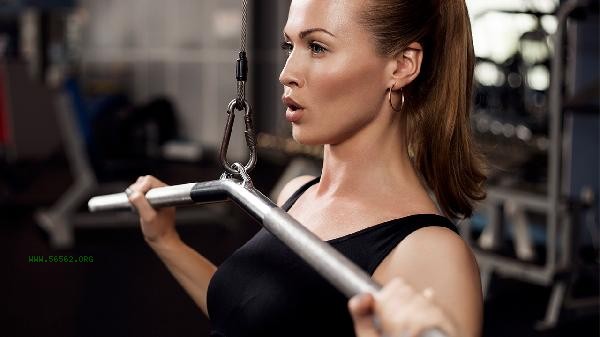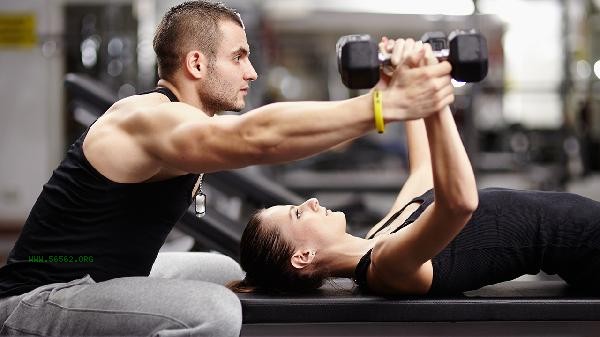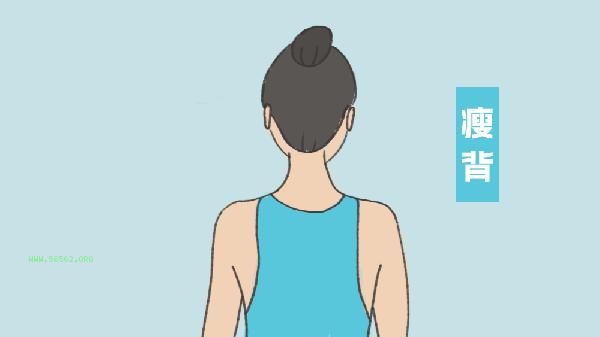The equipment used for abdominal muscle training in the gym mainly includes abdominal rollers, Roman chairs, hanging leg lifts, abdominal rollers, and rope abdominal rollers. The methods include equipment training, weight training, and a combination of compound movements. Scientific training should be combined with dietary control and aerobic exercise to avoid muscle compensation and exercise injuries.

1. Abdominal Rolling Machine
The abdominal rolling machine achieves isolated training of the rectus abdominis muscle by adjusting resistance, making it suitable for beginners to master the power mode. When using, keep the lower back close to the cushion to avoid neck compensation. When exhaling, contract the abdomen to drive the instrument. Pay attention to choosing the appropriate weight, complete 12-15 times per group, as excessive weight-bearing may lead to increased pressure on the lumbar spine.
2. Roman chair
The Roman chair focuses on training the lower abdomen and iliopsoas muscles, and a prone position can reduce the burden on the lumbar spine. Adjust the height of the barrier to the hip position, control the body to slowly lower to a 45 degree angle with the ground when descending, and use abdominal strength to drive the torso when ascending. A common mistake is excessive backward tilt leading to lumbar compensation. It is recommended to complete 3 sets of 10-12 repetitions in conjunction with breathing rhythm.
3. Suspension leg lift
Suspension leg lift requires strong core stability and significant stimulation of the lower rectus abdominis muscle. When hanging with both hands on the bar, keep the shoulder blades stable, bend the hip and lift the leg until the thigh is parallel to the ground, avoiding using inertia to swing. Advanced individuals can try lifting their legs straight to a vertical position, 8-10 times per group, with no more than 60 seconds of rest between groups.

4. Healthy Belly Wheel
Healthy Belly Wheel training involves the coordinated effort of the entire core muscle group, and kneeling posture training is suitable for beginners to reduce difficulty. When pushed out, control the abdomen to tighten and keep the body in a straight line. When retracted, use the strength of the abdominal muscles to drive the arms. A common mistake is waist collapse. It is recommended to practice on a yoga mat initially, completing 5-8 standard movements each time.
5. Rope belly roller
The rope belly roller trains the upper abdomen by pulling down from a high position and adjusting the weight piece to control the strength. Kneel down with both knees to keep the hips fixed, and imagine using the sternum to approach the pelvis when pulling down, contracting the peak for 1-2 seconds. Be aware that choosing overweight can lead to arm compensation, and it is recommended to use 15-20 sessions of moderate weight multi group training.

Abdominal muscle training should follow the principle of gradual overload, with 2-3 targeted training sessions per week, selecting 2-3 types of equipment for alternating use each time. Perform dynamic and static stretching before and after training, combined with protein supplementation to promote muscle repair. People with high body fat percentage need to increase aerobic exercise, and it is recommended for men to control it below 15% in order to show the contour of abdominal muscles. When experiencing lower back pain, adjust the movement mode immediately and consult a professional coach for guidance if necessary.






Comments (0)
Leave a Comment
No comments yet
Be the first to share your thoughts!